Ataxia-Telangiectasia
(A-T; Louis-Bar Syndrome) Compact Guide 2024

Dr. Cinthia Briseño
Quality Inspection
Written according to scientific standards
Last updated on 5th of August 2024
Reading time approx. 9 minutes
Ataxia-Telangiectasia: The Rare Hereditary Disease at a Glance
Ataxia-Telangiectasia, also known as Louis-Bar syndrome or A-T, is a very rare hereditary disease that affects both girls and boys starting in early childhood. It usually first becomes noticeable between the ages of one and four years through ataxias.1 Ataxia refers to difficulties with coordinated movement, making activities such as walking or balancing increasingly challenging for affected children. Unintentional movements, such as jerking, are also typical for A-T.
Over time, the disability progresses and children may become dependent on a wheelchair, usually at 10 to 12 years of age. However, the severity of A-T can vary from child to child. In addition to issues with movement coordination, there are other symptoms associated with A-T, such as eye movement disorders and visible dilation of blood vessels (telangiectasia) in the eyes or auricles. Frequent respiratory infections due to a weakened immune system are also typical signs. People with A-T have a significantly increased risk of developing a malignant tumour disease such as leukaemia or lymphoma.
It is estimated that A-T occurs in 1 in 40,000 to 100,000 newborns worldwide2. Mutations in a specific gene are the cause; therefore, A-T cannot be cured. So far, treatment options only aim to alleviate the symptoms or prevent them as best as possible. The emphasis lies on physiotherapy, occupational therapy, speech therapy, vaccinations, good cancer prevention, and rapid treatment of infections.
There are currently no pharmacological therapies available to cure A-T. Nevertheless, researchers are developing new and innovative approaches with drugs that could be approved for A-T in the future.
Is your child suspected of having A-T or already diagnosed with A-T? This guide aims to encourage you: It brings together a wealth of knowledge and practical information for you. It may help you to understand Ataxia-Telangiectasia better – and can thus offer you support in dealing with your child’s rare hereditary disease.
If your child is affected by A-T, you can also help researchers now by sharing your experiences dealing with your child’s condition in an international A-T survey. By doing so, you are contributing to improving the treatment options for A-T!
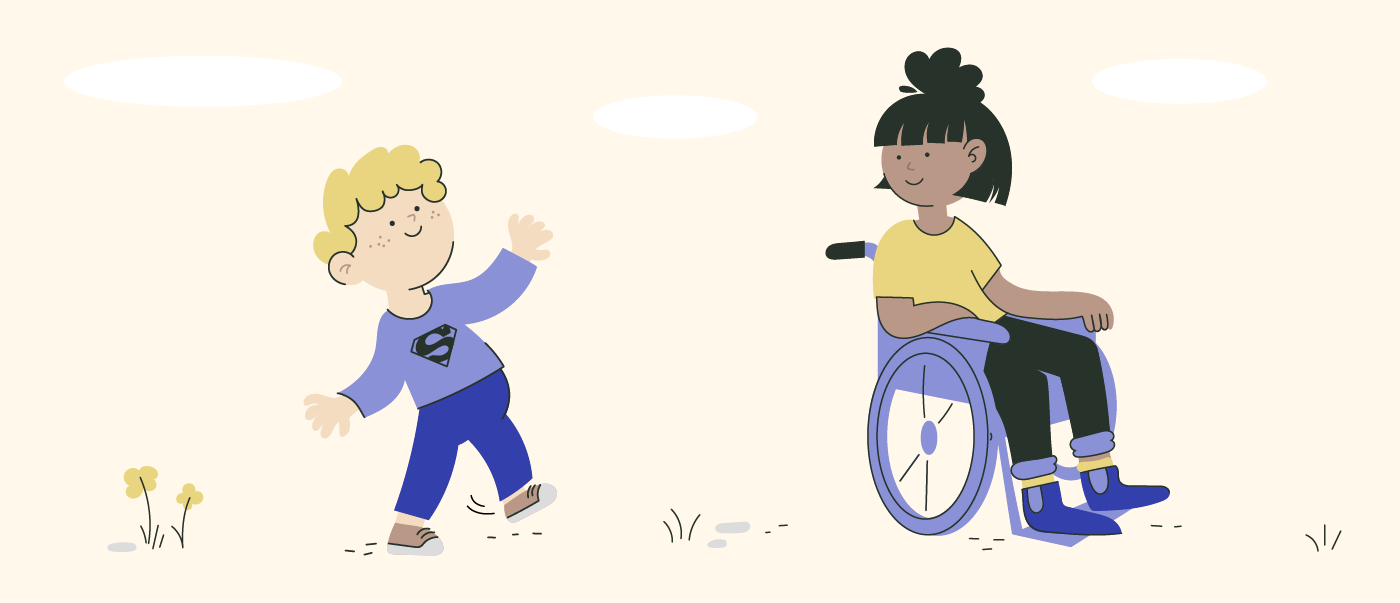
Background Knowledge
The Most Important Facts About Ataxia-Telangiectasia
Symptoms may begin in early childhood with uncoordinated movements, a wobbly gait, and difficulty standing upright. In some cases, these symptoms are caused by a hereditary disease which, although very rare, has serious consequences: Ataxia-Telangiectasia, or A-T for short, also known as Louis-Bar syndrome.
A-T is a neurodegenerative systemic disease. Over time, nerve cells in the brain lose their ability to function, leading to a variety of symptoms, e.g., affected children may no longer be able to walk from around the age of ten, become susceptible to respiratory infections, and have a significantly increased risk of tumour diseases.
Unfortunately, this results in a reduced life expectancy for people with A-T, challenges for those affected, their families, and their social environment. Knowing as much as possible about the disease becomes pivotal in managing A-T. Sound knowledge will help you find the proper support for your child and take measures as early as possible to alleviate symptoms and delay severe consequences.
What is the cause of A-T, and how does the disease develop?
Ataxia-Telangiectasia (A-T) is caused by mutations in a specific gene called ATM. A child can only develop A-T if both parents possess the defective ATM gene in their genome (DNA). This type of heredity is known as autosomal recessive. If both parents are carriers of the defective gene, the following probabilities for a pregnancy arise:
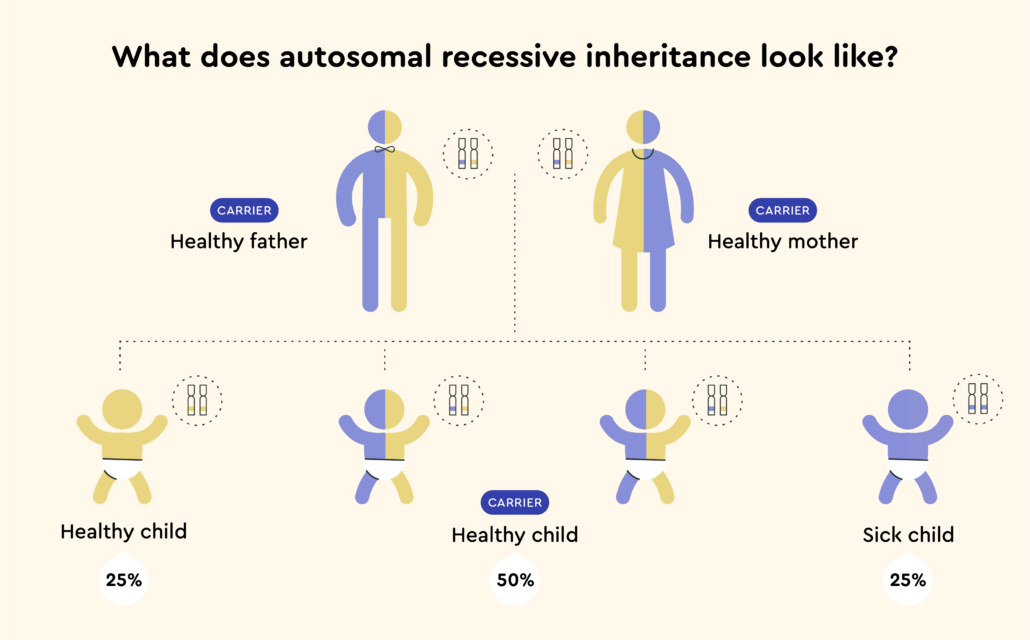
How often does A-T occur?
What are the effects of ATM mutations?
Mutations in the ATM gene have a significant impact on the body. The ATM gene provides the blueprint for the essential ATM protein. The ATM protein helps cells recognize and repair DNA damage, i.e., the genetic material, which is a critical process for maintaining the stability and function of our cells.
If both ATM gene copies are defective, the body produces either no ATM protein or only a defective ATM protein. As a result, cells are unable to repair DNA damage. DNA damage gradually accumulates, leading to cell dysfunction or death over time.
Ataxia-Telangiectasia in a Nutshell
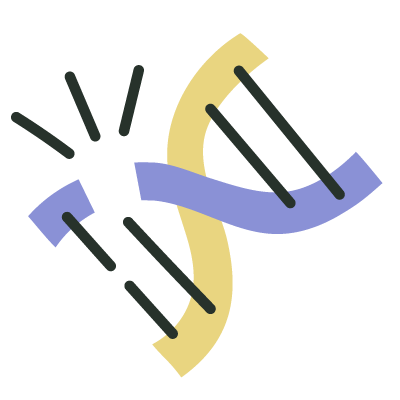
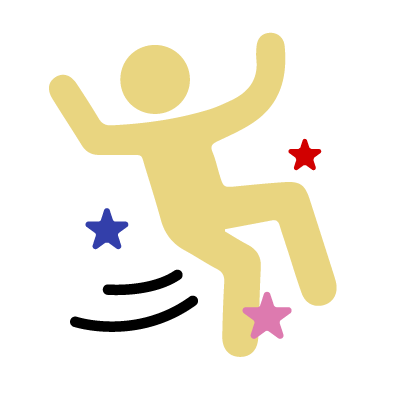
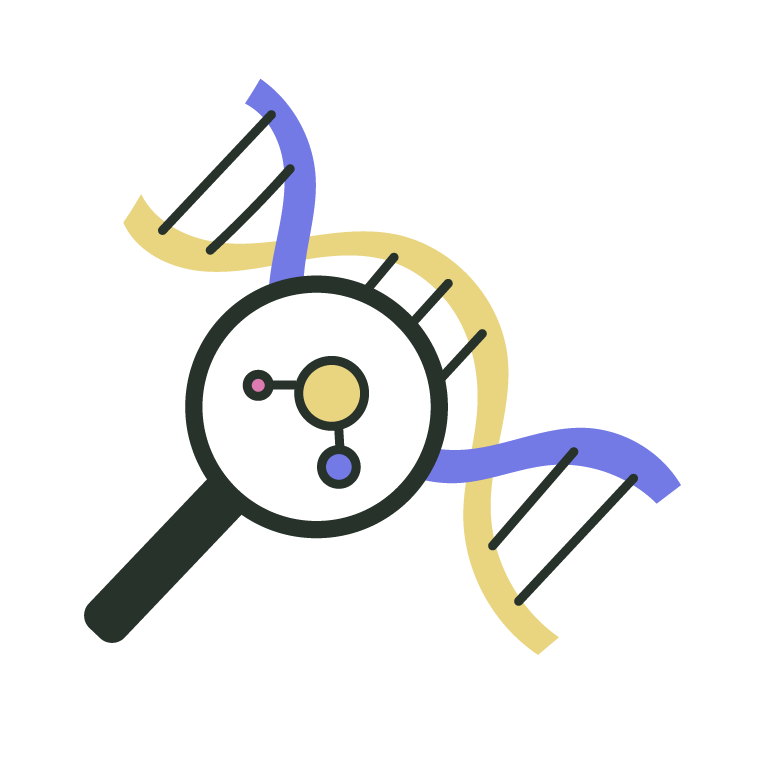
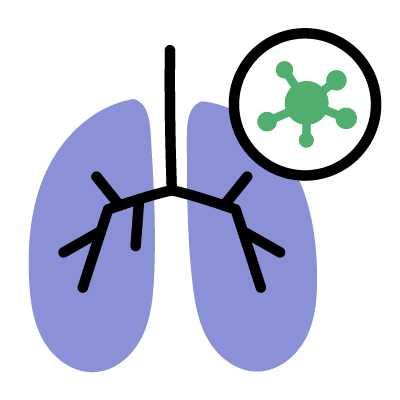
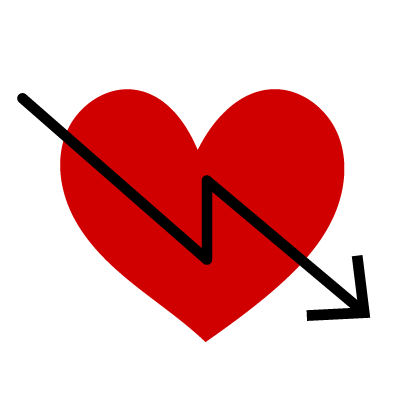
Nerve cells in the brain are particularly susceptible to the damaging effects of ATM mutations. In the long term, DNA damage leads primarily to the death of cells in the cerebellum. This is the reason why A-T causes ataxia, i.e., uncoordinated movements that progress continuously.
The ATM gene defect also affects cell types that divide frequently. These include cells of the immune system, blood-forming cells or cells in the skin, and mucous membranes. The consequences include a weakened immune system, an increased risk of certain tumour diseases such as leukaemia and lymphoma, as well as the development of telangiectasias. Telangiectasias are dilated small blood vessels that are often visible in the whites of the eyes and on the skin.

Is your child affected by Ataxia-Telangiectasia (A-T)?
Then you can now take part in an international survey and tell us about your experiences dealing with this rare hereditary disease. Simply answer a few questions and help us improve treatment options for A-T!
Symptoms and Progression
The Different Facets of A-T
Typical features of A-T
Ataxia-Telangiectasia (A-T) usually begins at the age of twelve to 18 months with a wobbly gait. By the age of around ten, most children are no longer able to walk due to the progressive damage to the cerebellum and require a wheelchair.5
From the age of three to four years, complications affecting the immune system and the respiratory tract start occurring as well: Children with A-T are prone to recurring respiratory infections, which lead to a deterioration in lung function.
In addition, affected children also develop telangiectasias. These are dilated blood vessels that appear as small red or purple spots on the skin or mucous membrane and are often seen in the conjunctiva of the eyes or on the auricles. However, they can also occur in other organs, such as the bladder.
Over time, children affected with A-T develop a variety of other neurological issues. These include, for example
- Dysarthria, i.e., speech disorders
- Oculomotor apraxia, i.e., movement disorders of the eyes
- other neurological disorders that can lead to involuntary, abrupt, or twisted movements and persistent muscle contractions and twisted postures, for example.
While the neurological symptoms can also have other causes, telangiectasias, i.e., dilated blood vessels, are one of the characteristic features of A-T – and are helpful for a reliable diagnosis. They also typically appear at the age of three to four years.
Unfortunately, the severe symptoms of A-T often have serious consequences in the further course of the disease: the average life expectancy for classic A-T is 20 to 30 years. The most common causes of death include infections caused by A-T and the significantly increased risk of certain cancers, including leukaemia and lymphoma.
Good to know: Despite the typical characteristics of A-T, the severity of the symptoms can vary significantly from child to child.
The milder form of A-T
Besides the “classic” form of A-T, there is also a milder variant. The key difference lies in how the ATM gene is mutated. Consequently, the ATM protein isn’t completely defective but remains partially functional, leading to milder symptoms and slower disease progression. People with mild A-T often have a longer life expectancy and experience less severe neurological and immunological issues.

Is your child affected by Ataxia-Telangiectasia (A-T)?
Then you can now take part in an international survey and tell us about your experiences dealing with this rare hereditary disease. Simply answer a few questions and help us improve treatment options for A-T!
Diagnosis
The Most Important Examinations for Suspected A-T
Good to know: The earlier an A-T diagnosis is made, the sooner targeted medical interventions can begin. They can alleviate the symptoms and thus improve the child’s quality of life at a young age. Additionally, early treatment can potentially prevent complications and increase life expectancy.
How A-T is Diagnosed
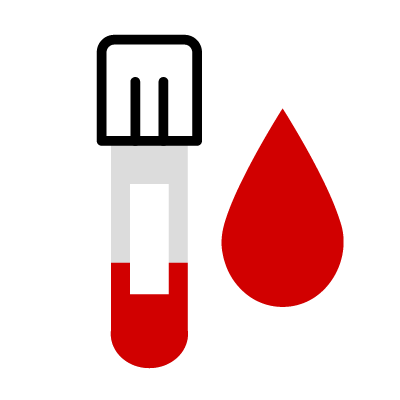
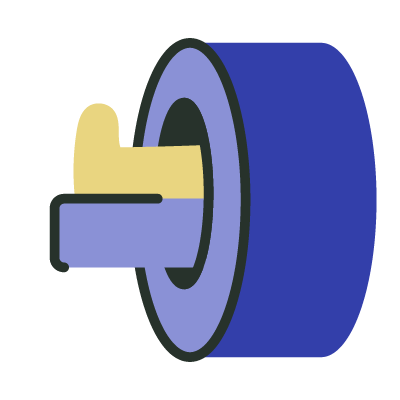

Importance of Early Diagnosis

Is your child affected by Ataxia-Telangiectasia (A-T)?
Then you can now take part in an international survey and tell us about your experiences dealing with this rare hereditary disease. Simply answer a few questions and help us improve treatment options for A-T!
Treatment and Care
How to Alleviate Symptoms
With the diagnosis of Ataxia-Telangiectasia (A-T), there is finally certainty as to what is behind your child’s symptoms. Over the years, it will be essential to find suitable doctors and other specialists who can provide you and your child with the best possible support in dealing with the condition.
Early diagnosis allows doctors to develop targeted treatment plans that are specifically tailored to your child’s needs.
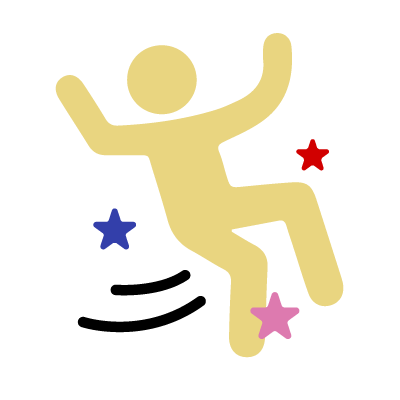

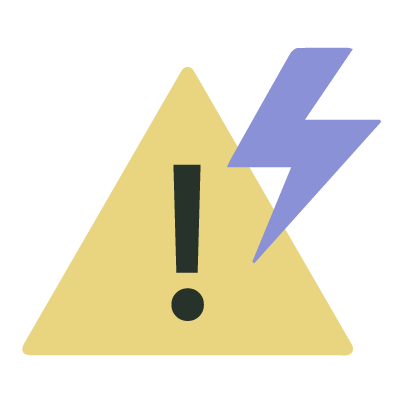

The Most Important Treatment Approaches for A-T
The care of children with A-T requires a multidisciplinary approach.6 This means that various specialties, including neurology, immunology, physiotherapy, and nutritional advice, play an important role in treatment.
In detail, various therapeutic approaches can be considered. These include
- Airway management: Regular exercises such as chest physiotherapy and the use of cough aids help to clear airway secretions and reduce the risk of infections.
- Cancer monitoring: Due to the increased risk of certain types of cancer, such as leukaemia, regular screening examinations need to be carried out, so doctors can perform appropriate measures in a timely fashion.
- Nutrition: If swallowing disorders (dysphagia) occur, feeding via a gastric tube may be necessary to prevent choking and the risk of suffocation.

Is your child affected by Ataxia-Telangiectasia (A-T)?
Then you can now take part in an international survey and tell us about your experiences dealing with this rare hereditary disease. Simply answer a few questions and help us improve treatment options for A-T!
Contact Points
Where to Find Help and Support
An Ataxia-Telangiectasia (A-T) diagnosis is a shock for most families and poses a heavy emotional burden. It becomes crucial to be well informed on the one hand – and to get comprehensive support and help on the other.
Here, you will find a list of the most influential organisations and contact points in the USA, UK, and Germany, which offer a wide range of support and information options for parents of children with Ataxia-Telangiectasia. They help to cope with everyday life, provide emotional support, and promote exchange between those affected:
Contact Points in the UK
The A-T Society is the UK’s leading charity dedicated to supporting people with Ataxia-Telangiectasia and their families.
What They Offer:
- Providing information and resources
- Financial support for affected families
- Support with medical care
- Organisation of events and conferences
- Promotion of research
Website: https://atsociety.org.uk
Ataxia UK supports people with all types of ataxias, including Ataxia-Telangiectasia, through information, support, and research.
What They Offer:
- Information and helpline services
- Funding and support for research projects
- Self-help groups and social support
- Education and awareness-raising
Website: https://www.ataxia.org.uk
Contact is a national charity that supports families with disabled children, including those with rare diseases such as Ataxia-Telangiectasia.
Services offered:
- Helplines and support services
- Information on rare diseases and disabilities
- Financial support and grants
- Parent forums and networks
Website: https://contact.org.uk
Genetic Alliance UK is an organisation that supports people with genetic, rare, and undiscovered diseases, including Ataxia-Telangiectasia.
What They Offer:
- Information and support services
- Lobbying and political advocacy
- Promotion and research funding
- Networking and community building
Website: https://geneticalliance.org.uk
Rare Disease UK is the national network for people with rare diseases, including Ataxia-Telangiectasia, who are campaigning for improved services and support.
What They Offer:
- Education and awareness-raising
- Support with political advocacy
- Networking of patients and families
- Promotion of research initiatives
Website: https://geneticalliance.org.uk/campaigns-and-research/rare-disease-uk/
Contact Points in the USA
A-TCP is a leading organisation dedicated to the research and support of patients with Ataxia-Telangiectasia. It was founded by parents whose children suffer from A-T.
What They Offer:
- Research project funding
- Organisation of clinical studies
- Support and resources for affected families
- Public relations and awareness-raising
- Fundraising and community-building events
Website: https://atcp.org
NORD is a patient organisation that advocates for people with rare diseases, including Ataxia-Telangiectasia.
What They Offer:
- Provide information on rare diseases
- Support in the search for specialized doctors and treatment options
- Patient support and advice
- Research funding
Website: https://rarediseases.org
GARD is a program of the National Center for Advancing Translational Sciences (NCATS) that provides comprehensive information on rare and genetic diseases, including Ataxia-Telangiectasia.
What They Offer:
- Provide information and resources
- Support in the search for clinical studies
- Information on diagnosis and treatment options
Website: https://rarediseases.info.nih.gov
Contact Points in Germany
DHAG provides information and support for all types of ataxias, including Ataxia-Telangiectasia.
What They Offer:
- Information material and brochures
- Helpline and support
- Self-help groups and local meetings
- Events and seminars
Website: http://www.ataxie.de/
DGM is the largest self-help organisation for people with neuromuscular diseases in Germany and offers extensive support for patients and their families.
What They Offer:
- Information centres and regional contacts
- Self-help groups and exchange opportunities
- Support with social law issues
- Research and support for scientific projects
Website: www.dgm.org
The association is a unique contact point for families affected by Ataxia-Telangiectasia. It offers support and information, organises meetings, and promotes exchanges between affected families.
What They Offer:
- Meetings for families and patients
- Information material
- Exchange platforms and self-help groups
Local and regional self-help groups provide affected families the opportunity to exchange information directly and support each other. These groups can often be found through larger patient organisations such as Deutsche Ataxie Gesellschaft.
What They Offer:
- Regular meetings and exchange opportunities
- Support and counseling with the help of other affected people
- Joint activities and events
Some specialised clinics and centres in Germany offer specific medical care and advice for children with A-T. Here are some examples:
Heidelberg University Hospital offers specialised neurological and genetic counseling and has an Ambulanz für Bewegungsstörungen und Ataxien (outpatient practice for movement disorders and ataxias).
You can find a more comprehensive list of centres and clinics on this website.
There are also several certified centres for rare (neurological) diseases (ZSNE / ZNE) throughout Germany, some of which offer comprehensive care, information, and specialised treatment options, including, for example:
- Berliner Centrum für Seltene Erkrankungen (BCSE) der Berliner Charité
- ZSNE des Universitätsklinikum Tübingen
- Zentrum für Seltene Neurologische Erkrankungen Bonn (ZSEB) des Universitätsklinikum Bonn
- Essener Zentrum für Seltene Erkrankungen (EZSE) des Universitätsklinikum Essen
- Zentrum für Seltene Erkrankungen Freiburg (FZSE) des Universitätsklinikum Freiburg
- Zentrum für Seltene Erkrankungen Heidelberg (ZSEHD) des Universitätsklinikum Heidelberg
- Zentrum für Seltene Erkrankungen München (ZSEM) der LMU München

Is your child affected by Ataxia-Telangiectasia (A-T)?
Then you can now take part in an international survey and tell us about your experiences dealing with this rare hereditary disease. Simply answer a few questions and help us improve treatment options for A-T!
New Treatments
Development of Novel Therapies
There are currently no approved drug therapies for A-T. Nevertheless, various approaches are being developed or are presently being tested in clinical trials.
One example is an innovative treatment with so-called glucocorticoids: They have a strong anti-inflammatory effect and can improve typical neurological symptoms of A-T. However, to avoid the usual side effects of long-term treatment, glucocorticoids are first encapsulated in the patient’s red blood cells. Doctors then inject this “loaded” blood back into the patient. In this way, the active ingredient is released slowly and evenly.11
Another approach researchers are looking into is antisense oligonucleotide therapy, or ASO for short. Roughly speaking, this class of drugs aims to correct the faulty production of the ATM protein caused by genetic ATM mutations. This targeted intervention could also help alleviate neurological symptoms of A-T and slow the progression of the disease.12 However, clinical trials with patients have not yet been conducted.
Is your child affected by Ataxia-Telangiectasia? Help researchers now and take part in the international A-T survey
Is your child affected by Ataxia-Telangiectasia? What experiences have you had in dealing with your child’s condition? Simply take part in the international A-T Survey now, answer a few questions, and tell us about your experiences. Your contribution will help improve treatment options for A-T.
Further information
Quality guideline
Authors
Medical review
Date
References
Important note
Is your child affected by Ataxia-Telangiectasia?
What experiences have you had in dealing with your child’s condition? Simply take part in an international survey now, answer a few questions, and tell us about your experiences.
- Petley E et al. PLOS One. 2023;17(3):e0264177.
- Rothblum-Oviatt C et al. Orphanet J Rare Dis. 2016;11:159.
- Swift M et al. Am J Hum Gen 39: 573-583.
- Riboldi GM et al. Ataxia-Telangiectasia [Updated 2024 Mar 6]. In: StatPearls [Internet]. Available from: https://www.ncbi.nlm.nih.gov/books/NBK519542/, accessed 12 July 2024
- Petely E et al. PLoS ONE 17(3): e0264177.
- National Organization for Rare Disorders. Ataxia Telangiectasia – Symptoms, Causes, Treatment https://rarediseases.org/rare-diseases/ataxia-telangiectasia/, accessed 12 July 2024
- Rothblum-Oviatt C et al. Orphanet J Rare Dis. 2016;11:159.
- Khan M et al. The Cerebellum 23: 722-756.
- Petley E et al. PLOS One. 2023;17(3):e0264177.
- Khan M et al. The Cerebellum 23: 722-756.
- Zielen S et al., presented at: 2022 AAN Annual Meeting. Abstract 52072
- Kim J et al. Nature 619: 828-836
- Guideline on evidence-based health information, version 1.0. 2017 https://www.gesundheit.uni-hamburg.de/pdfs/leitlinie-evidenzbasierte-gesundheitsinformation.pdf, accessed 12 July 2024
